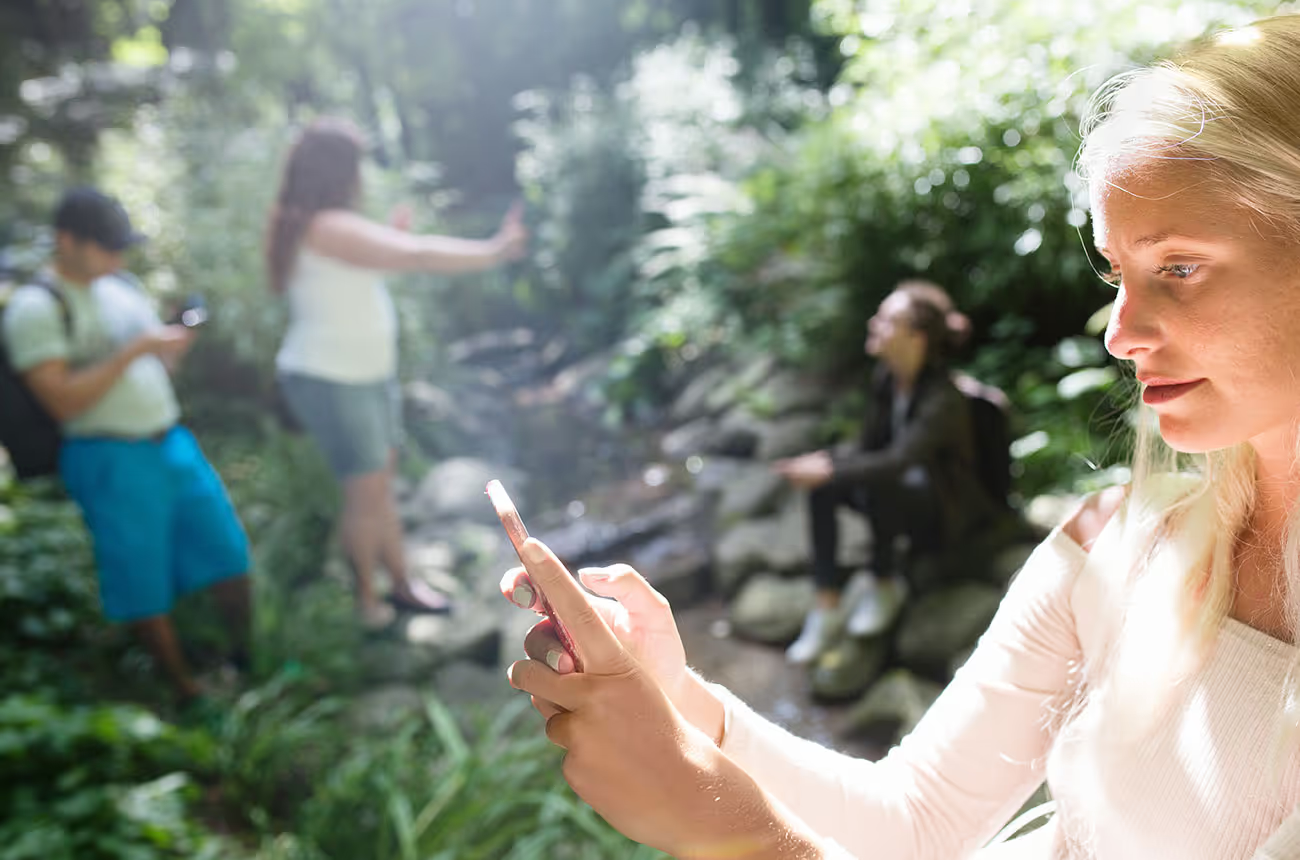The #1 Agency for Competitive Socialising Venues - Trusted by Lane7, Swingers, Five Iron Golf & More
Check It Out

Whilst VR completely replaces the user’s real-world environment with a simulated one, AR alters one’s view of the real-world, thus enhancing user’s current perception of reality. AR technology overlays the existing environment with new virtual objects creating an artificial environment which can include visual, auditory, haptic, somatosensory, and olfactory information. Basically, AR is used to enhance natural environments or situations and offer perceptually enriched experiences and it’s already been explored throughout very many applications varying from education, art, commerce and business, to gaming, entertainment, medicine and military.
If anyone still remembers or experienced themselves this big hassle of Pokemon Go, you were a witness of AR in the very action. This particular mobile game allowed users to view the world around them through their phone cameras while projecting game items that were made to be seem as if those items were right in your real-life environment. This game was so addictive and inclusive that millions and millions of adults and kids would just go walking around in the search of the virtual prizes!
Pokemon Go is just a primitive example of understanding how AR works. But there is so much more to it now… Apple has already designed iOS and ARKit 2 to experience some of the AR on your iPhone or iPad. It transforms how you work, learn, play and connect with basically everything around you. The aim is to make your routine tasks easier, entertain and also be used as a learning tool.
One of the AR application examples is IKEA Place which allows you to scan your room and design the space by placing IKEA products in the digital image of your own home – without even having to step outside! AR is also used in the big airports to help navigate through the airport to find your departure gate, toilet or a particular place to eat and drink. In addition, AR technology is integrated in retail, allowing customers to try out different looks. There are some very exciting applications for AR in healthcare as well, which allow medical students to train on human body models. It can also produce real-time information supporting diagnosis, disease conditions, surgery and even treatment plans. Moreover, entertainment part in AR is big, too. You can explore the universe, virtually shape the natural world, including animals, plants and people or even bring the gigantic dinosaurs back to life! All in all – it’s pretty exciting and there are many more exciting AR applications to be delivered.
Many developers are creating AR apps at the moment which narrows down the line between the real and virtual life at a relatively quick pace. And the possibilities of AR technology are limitless. It’s just a matter of time when AR will be integrated into our devices that we will use on a daily basis. It’s also just a matter of time whether we are going to replace the expensive, large real life objects with the digital ones… All we’ve got to say for now – time will definitely tell!